Best Exercises for Increasing Upper Body Strength in Sports
People frequently think about their upper bodies when they think of the gym. Strong pecs, chiseled triceps, and bulging biceps are not only desirable, but they are also simple to develop with the appropriate and best diet and training.
There are particular exercises and programs to bulk up your upper body, albeit you should concentrate on strengthening your entire body.
Know how muscle building works: best exercises
Image via Unsplash.com
The stress of lifting weights tears your muscle fiber when you exercise. Your body shifts into repair mode as soon as you stop exercising, beginning a process called “protein synthesis.” Your body grows bigger and stronger as it rebuilds by producing more cells as it gets ready to withstand extra stress.
Inversely, if you don’t exercise, your body uses less energy to create new muscle cells. Your muscles gradually deteriorate as a result of inactivity.
Relax before working on the same muscle
After you lift weights, your muscle fibers rupture, and your body repairs them to be stronger than before. This is the essence of building muscle. Lifting the same weights every day in a succession, however, hinders your muscles from recuperating properly, which slows growth and increases the risk of injury.
Rest once in a week: best exercises
Your body can heal and concentrate on gaining muscle during rest days. Additionally, it provides you with a mental and physical respite that might help you maintain your energy and excitement for the remaining workouts of the week. Resting your muscles, joints, and ligaments will keep you healthier over the long run.
It’s possible to “workout” while taking a rest day by going for a light jog or riding a bike.
Do not be concerned about “missing” the opportunity to strengthen on a rest day. All elite training regimens, whether they be for Olympians or NFL players, include rest days.
Planning your workout
Image via Unsplash.com
When creating a workout routine, keep in mind that each muscle group needs time to unwind before being worked again. Making specific days for various muscle groups, such as “Chest and Shoulders” one day and “Biceps and Back” the next, is the simplest method to accomplish this. For instance, you might have a schedule where you exercise five days each week, like this:
- Day 1: Abdominal, triceps, and chest
- Day 2: Back and shoulders
- Biceps, chest, and abs on day three.
- Day four: Rest or little exercise
- Day 5: Triceps and chest
- Biceps, back, and abs on day six.
- 7th day: Rest or little exercise
Have protein with meals: best exercises
Protein is necessary for protein synthesis, and the more protein your body can consume, the faster your muscles will recover from an exercise. To encourage muscle growth, many serious lifters and bodybuilders consume protein shakes after each session. Simply incorporate water, fruit, yoghurt, ice, and 1-2 tablespoons of protein powder with other ingredients to create a protein shake. Alternatively, incorporate more naturally occurring sources of protein into your diet:
Eggs, toast with peanut butter, and yoghurt for breakfast
Lunch/dinner: red meat, salmon, chicken, and beans
Snacks include peanut butter, protein/power bars, and hummus.
In order to enhance muscle growth without accumulating fat, carbohydrates like bread, pasta, rice, or sugar can be substituted with proteins like chicken or fish.
Every exercise requires technique
Image via Unsplash.com
You can get bigger more quickly and avoid crippling injuries by using the right technique. While a skilled trainer, dependable friend, or physician can assist with specific concerns, some things to concentrate on include:
Hold a straight back. Maintain a superhero-like stance by keeping your shoulder blades and chest raised. Your lower back should not bend frequently.
Joints should never be fully extended. Rather, press the lift until your joint is just barely bent, then slowly return to the resting position.
If you experience pain, stop. The saying “no pain, no gain” is untrue. Even if a workout should be challenging, if it causes severe discomfort in your muscles or joints, you aren’t performing it correctly.
Set a comfortable challenge: best exercises
The best way to get wounded is to choose a huge weight just to look cool. Work your way up from lighter weights as you get more comfortable. Aim for a weight that is challenging to move on the eighth, ninth, and tenth reps for a decent benchmark. This means you are pushing yourself without running the risk of being hurt. On the final few repetitions, you ought to have some difficulty, but you ought to be able to persevere and lift the weight.
10-20 reps of every exercise
Image via Unsplash.com
A rep, or repetition, is one exercise that you perform. For instance, one rep is one push-up. To build muscles, you must perform numerous repetitions in a succession because this is what puts strain on your muscles and encourages growth. Aim for at least 10 repetitions for each exercise.
To develop toned, lean muscle, perform more repetitions with a lighter weight.
Less repetitions at heavier weights are excellent for developing large muscles, but they can be risky for novice lifters.
Some programs encourage “burn out” or “max reps,” which refer to exercising until you are no longer able to do so due to physical limitations.
4-5 sets of each exercise: best exercises
A set is simply a collection of reps. Aim for three sets of 20 push-ups rather than attempting to complete 60 at once, which takes a lot of strength and endurance. Instead of attempting to perform 30 reps all at once, sets allow your muscles to swiftly recuperate, enabling you to lift more weight in the second and third set. However, if you take too long, your muscles won’t feel challenged and won’t actually expand.
Between sets, don’t wait longer than 30 seconds to 3 minutes.
Some people choose to work out a different muscle area while they are at rest, such as by switching between sit-ups and push-ups to maximize the time in between sets.
USEFUL LINKS:
Check out more tips on building upper body strength
How to know your skin type at home

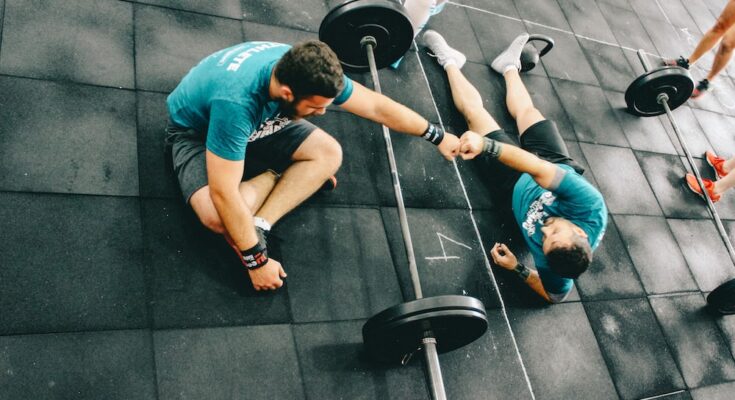

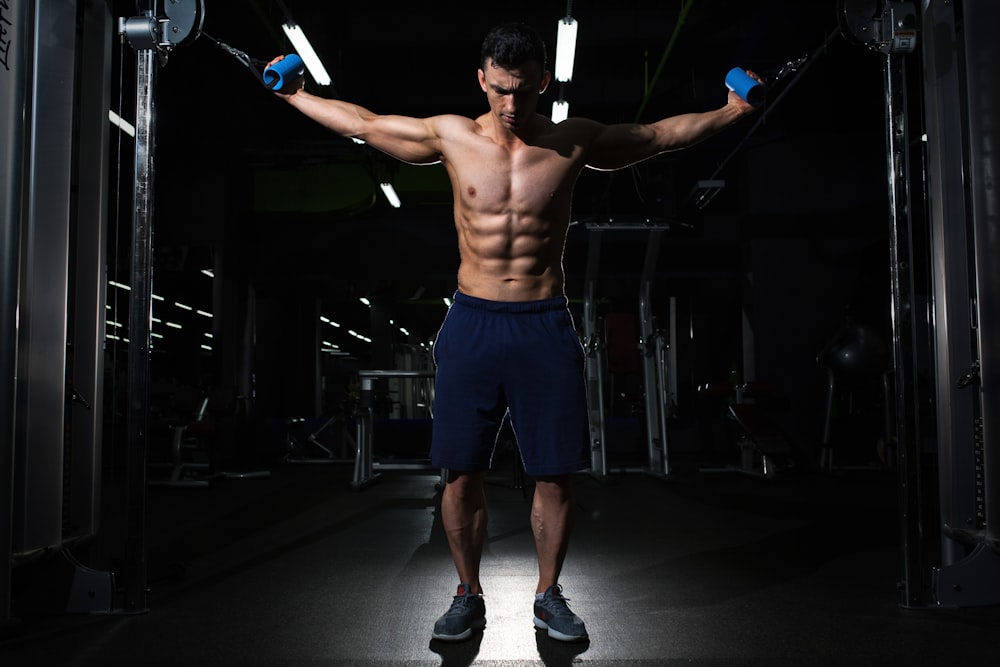
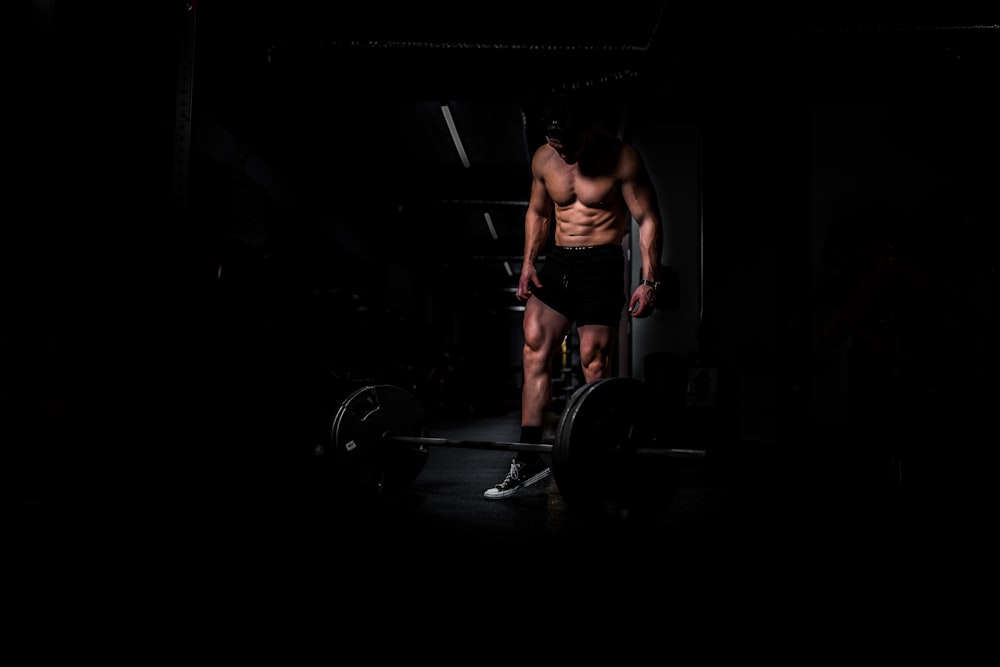
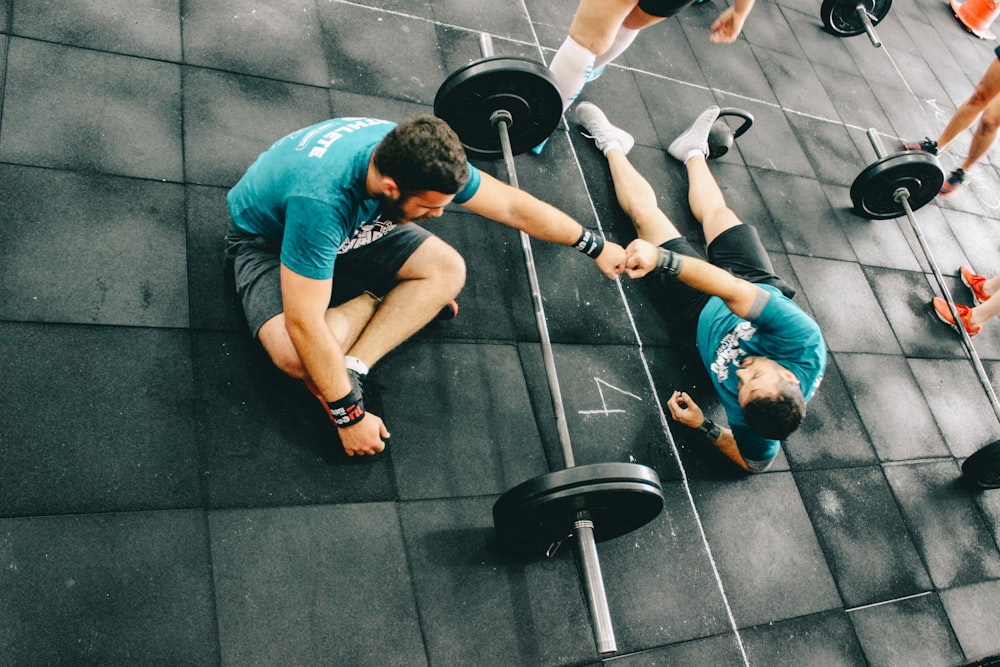

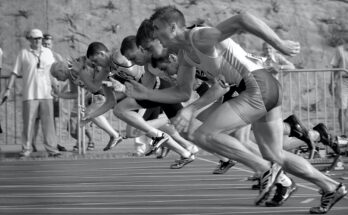

One Comment on “Best Exercises for Increasing Upper Body Strength in Sports”